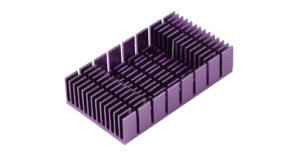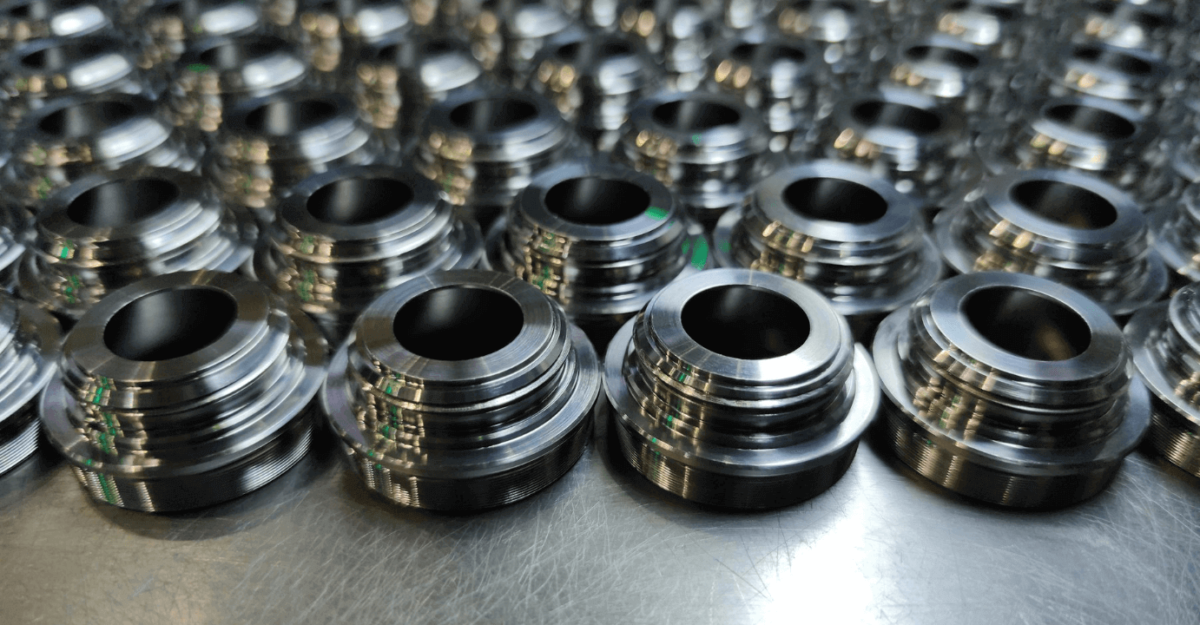CNC Machining is a computerized and automated tool used in the manufacturing process across various industries. A CNC machine can easily remove layers of material from the base stock piece through numerous operations such as drilling, turning, milling and others. All major industries such as aerospace, electrical, medical, defense, mining, etc. deploy CNC machined parts to increase production and efficiency. Being an automated tool, CNC machining has several advantages over manually operated machinery.
CNC Machines are specialized automated machines that have in the recent years revolutionized the manufacturing industry in the truest sense. CNC machines are the ones that companies deploy when they want mass production of mechanical parts with high levels of precision and accuracy. There are no limitations as such on what a well-programmed CNC machine can produce. It can make things out of plastic, wood, metal, foam and whatnot. CNC Lathe, Turners, Millers, Plasma cutters and Laser cutting machines are some of the common machines used in CNC systems.
One of the most preferred materials for CNC machining is titanium, owing to its superlative strength and versatility. Be it aerospace, be it military, or the field of biomedical, titanium is widely used to manufacture strong alloys. Titanium has a very high strength-to-weight ratio and is extremely resistant to heat and corrosion. Thus, it can withstand high amounts of heat, retain its strength at extreme temperatures, and at the same time perform well even in highly corrosive environments. Alloys of titanium with metals such as iron, aluminum, nickel, etc. help in the production of strong metals.

Advantages of Titanium in CNC Machining
- High tensile strength
- High strength to weight ratio
- Non-magnetic
- Biocompatible
- Corrosion-resistant
- Recyclable
- Sustainable
- Environment friendly
While these properties make titanium one of the most durable elements in the CNC machining process, they can also affect the CNC machining process if the manufacturing process is not well-planned. CNC machining using titanium is challenging but can be achieved by following a precise process with tips and relevant care.
Common Problems While Using Titanium in CNC Machining
Stiffness: Being strong, titanium tends to become stiff and as a result, it has more chances of suffering from springback and chatter as compared to other metals. As a result, the surface quality gets affected immensely.
Stickiness: The stickiness of titanium leads to the formation of tangles. A tangling chip of titanium sticking to a cutting edge may result in chipping of the tool, particularly during the cutting process.
Bad Heat Conduction: As titanium is very much resistant to heat, it becomes difficult to get rid of the heat accumulated while using titanium in the CNC machining process and may result in the tools getting damaged.
Long Chips: Titanium is known to produce long chips that can damage the tools. Long chips also act as a hindrance in transferring heat away from the workstation.
High Cutting Pressure: Titanium needs to be subjected to very high pressure during the cutting process. As a result, the cutter receives a strong shock every time before entering and after exiting the cut. If not controlled properly, it results in excessive chipping of tools.
So the question arises, how to overcome these problems caused due to usage of titanium in the CNC machining process?
If worked with patience, with the right tools, with the correct methods, and with the right expertise, one can overcome all the above-mentioned and other problems which arise due to the usage of titanium in the CNC machining process. Here we are sharing some of the most helpful tips and methods to use titanium effectively in the CNC machining process.

Tips and Methods for CNC Machining Titanium
1.Use Coolant
Titanium is a bad conductor of heat. As a result, the majority of the energy that is generated during the cutting process gets transferred to the tool instead. More often than not this results in tool failure affecting the work and increases the expense. So have the best possible coolant setup during the CNC machining with titanium which will bring down the temperature and increase the longevity of the tools.
2.Use a Stable Surface
A tool often experiences shock more so while entering and exiting the material. This affects both the tool and also the material. To overcome this, arc the tool inward in a gentle manner instead of inserting the tool directly. Doing this minimizes the shock on the tool, lowering the possibility of tearing on the material. At the exit point of the cut, consider forming a chamber that lets the tool lose depth gradually and eases the transition process between the tools.
Also, CNC machining using titanium involves extreme cutting forces. Thus it must be placed on sturdy and rigid equipment that can absorb heavy loads.
3.Use the Right Tools
If not planned well, usage of titanium in CNC machining may result in the wear and tear of the tools. A worn-out tool will not give us the desired result. Hence, make it a point to check and inspect the CNC machine parts and tools frequently before using them.
4.Keep Space for Tools
A metal should ideally have a breathing time between the cuts which is instrumental in increasing its life. Having a tool with a small diameter is an effective way of achieving this. A smaller diameter tool is more exposed to the air and the coolant which gives the cut edge more time to cool down.
5.Minimize Galling
Titanium can readily form alloys with other materials such as copper which can cause galling of the edges while cutting. To minimize this galling effect caused by titanium, it is a good practice to use lubricants and keep the heat level down.
6.Prevent Tool Pullout
A slight slip and there is a cut depth which you didn’t want. This then results in more slips creating a total mess of the machining process. Machining titanium involves cutting forces, shocks, and vibration. Titanium tends to grab the end of heavy loads and pull them out of the holder. This then causes broken tools. To overcome this, put two screws pressed against angled flats on the tool shank to wedge the tool against a stop thereby preventing it from pulling out.

7.Control Chipping
With each cut, the metal pieces being cut off compress and stick to the edge of the cutting tool. After several cuts, more metal pieces start building up on the cutting tool which results in damaged tools, poor cuts, and an output that is not satisfactory. Use a sharp tool and lubricants to control the chipping of edges.
Thus, even though titanium is an ideal metal for the CNC machining process, various aspects must be taken into consideration to ensure that there is no damage caused to the tools and the materials while getting the desired output.
The CNC machining process with titanium should be well-planned and optimized beforehand. Consider all the problem areas and deploy relevant methods well in place to overcome them.
Implementing the tips shared by us, right from managing the temperature to using the right tools you shall be able to have an ideal setup for the titanium CNC processing and attain optimum results.

